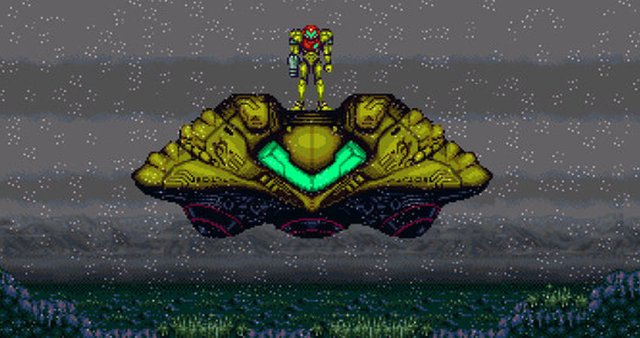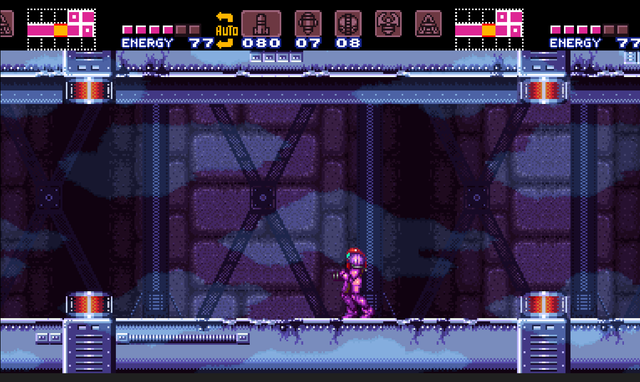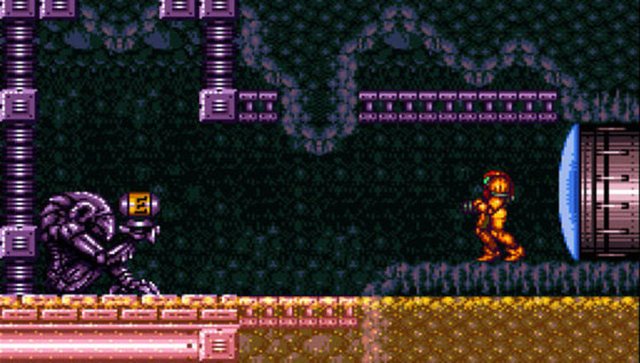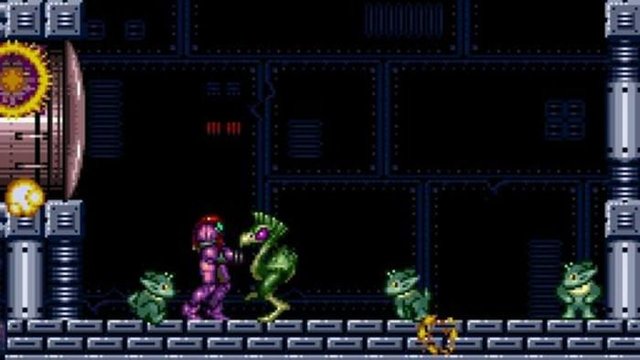Let's put ourselves in the situation; You come to a room, which has been very difficult for you, to think of ways of how to get into it and move forward, and it turns out that when you enter it is empty, empty except for the statue that resides there. You don't understand anything, you explore it, but you still feel like you're missing something. You may return to where you have already passed, but sooner or later you realize in the hands of the statue and see a pattern on it; the sphere, and when you place yourself in his hands, it turns out that there is a secret path that you have never seen before.

That room has tortured most people who have entered Super Metroid for the first time a work in which Yoshio Sakamoto and Gunpei Yokoi established, with a mixture of key characteristics of Zelda and Super Mario, a way of seeing video games that to this day it lasts, and more with the number of independent developments based on it. The foundations of the puzzle rest on a sculpture, which is based on posing a barrier and hiding the answer on the stage itself. That solution is usually encrypted in the visual language of the game, mixed with a cycle that encourages us to explore and decipher it to move forward. This arrangement of its mechanics is found throughout the adventure, which varies in complexity throughout it, but combined with an excellent level design and setting, with many paths and non-linear shortcuts that are limited by the same barrier. In Super Metroid the trailer is structured to reward the player as a result of their observation of the stage. Every time we overcome any of the challenges, the game gives us a new zone or a skill that could help us to access places that were previously inaccessible.

If we think about the effects on the player that this way of linking the world with its mechanics, without a doubt, one of the most remarkable is to constantly direct the player's attention to the stage. There is a phrase from Alexander Isley (graphic designer): “a good design makes the viewer want to know more things”. The truth of this phrase is that Isley was talking about the importance of capturing the player's attention if you want to tell something, but what if you want to tell something without dialogue or cinematics?
By going to the manuals of literary narration we can find a concept that is known as the "narrative environment" and that refers to the context in which the narrated events take place. The narrative environment tends to the physical, psychological and sociocultural fields presented in this story, but there are aspects that must be clear in a work of fiction, such as the place, the time and the conflict that arises. Super Metroid makes use of this, by introducing us to their world with an introduction, but when we get to the planet Zebes, which is the place where the adventure will be, is where the important events in Super Metroid will happen. This narrative is presented without showing any dialogue whatsoever, and that is when the full narrative potential of the game begins to fall into context, resulting in one of the most surprising environmental narratives of the time.

Zebes presents us with a hostile and lonely world. In this world, in addition to fauna and direct enemies of the protagonist, we are presented with a civilization. If you only played Super Metroid, it is not very likely that you know the Chozo race, or at least its history, but beyond the impressive sprites of the game for these, we take the important thing. From this civilization we can only see sculpture, and the closest thing to them to link them to something, is the ancestral, but in reality, they are something more mechanical. What added to this aspect reveals more data, this civilization is related in some way to Samus, and that they have technology capable of improving their costume. All this information is engraved in our heads, and all this happens due to the artistic design of the scenarios, which is constantly mixed with the mechanics of the game to complement the story that is happening while we play.

Super Metroid is a game where you tend to be vigilant, it is not a game that you can play lightly. That degree of attention is a consequence of the structure, only in this case it has another function, our fixation on the stages is used by the narrator of the work, and of course that narrator is none other than the stage. It is when at the end of the game you descend into the depths of Norfair, the room that precedes the territories of Samus's arch enemy, Ridley, whose entrance is represented with his head, and with an environment full of motifs that remind us of that ancient civilization. It is so because at all times the action is used as a context to serve and expand the story that one wants to tell through the physical and even psychological environment. Super Metroid focuses the stage's attention as a fundamental means of moving forward and also to tell the main events and give them greater strength. This is how Super Metroid tells us, through the environmental narrative, a story without making use of a single line of text beyond its introduction.

This use of environmental narrative encompasses and defines a whole host of games, which using a similar scheme, somehow stand out from the rest. Something that over time has ended in new forms such as Bloodborne and Metroid Prime. Video games that count a lot throughout their world and that end up reinforcing their mechanics used with a narrative that arises from them, from the stage and from the relationship that occurs between both characteristics. Doing a good job of this is difficult, and it's not something that is given too much attention in the industry. Super Metroid did it in 1994, baptizing a whole genre of video games.
